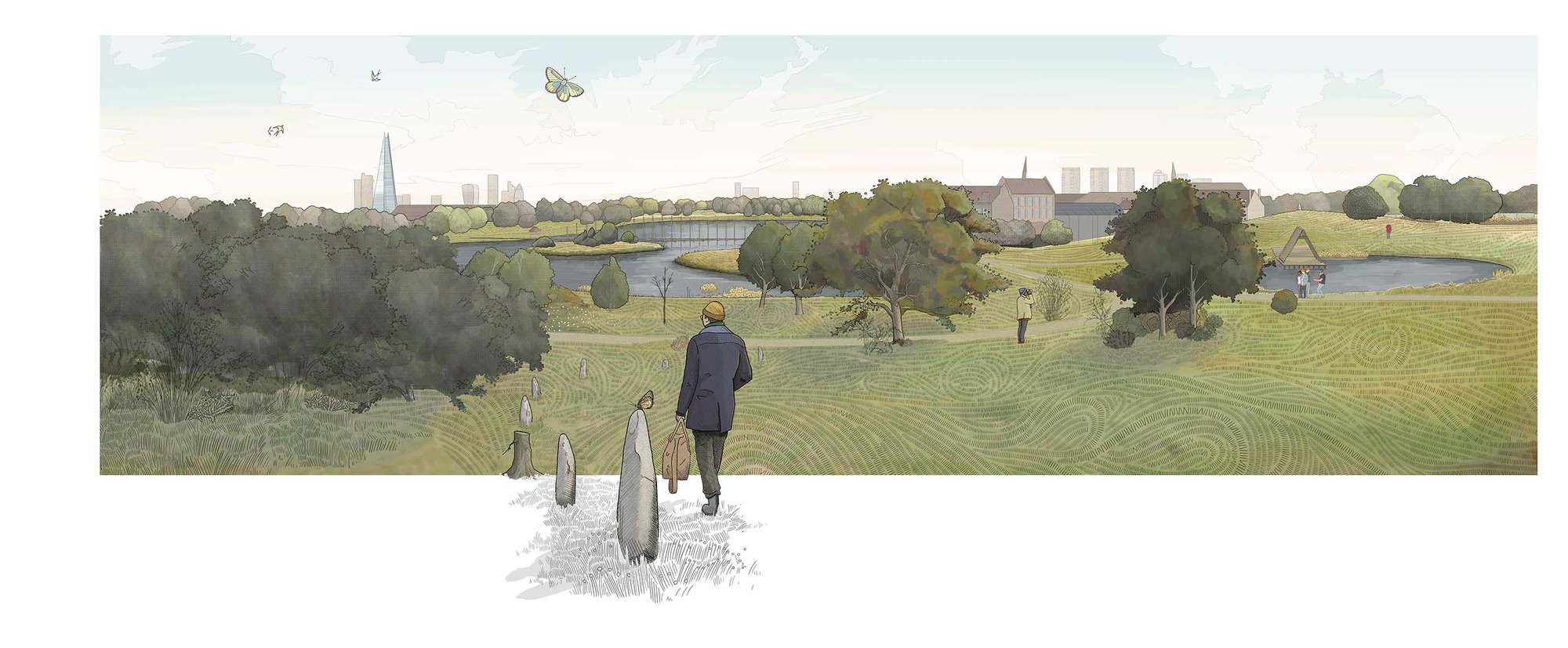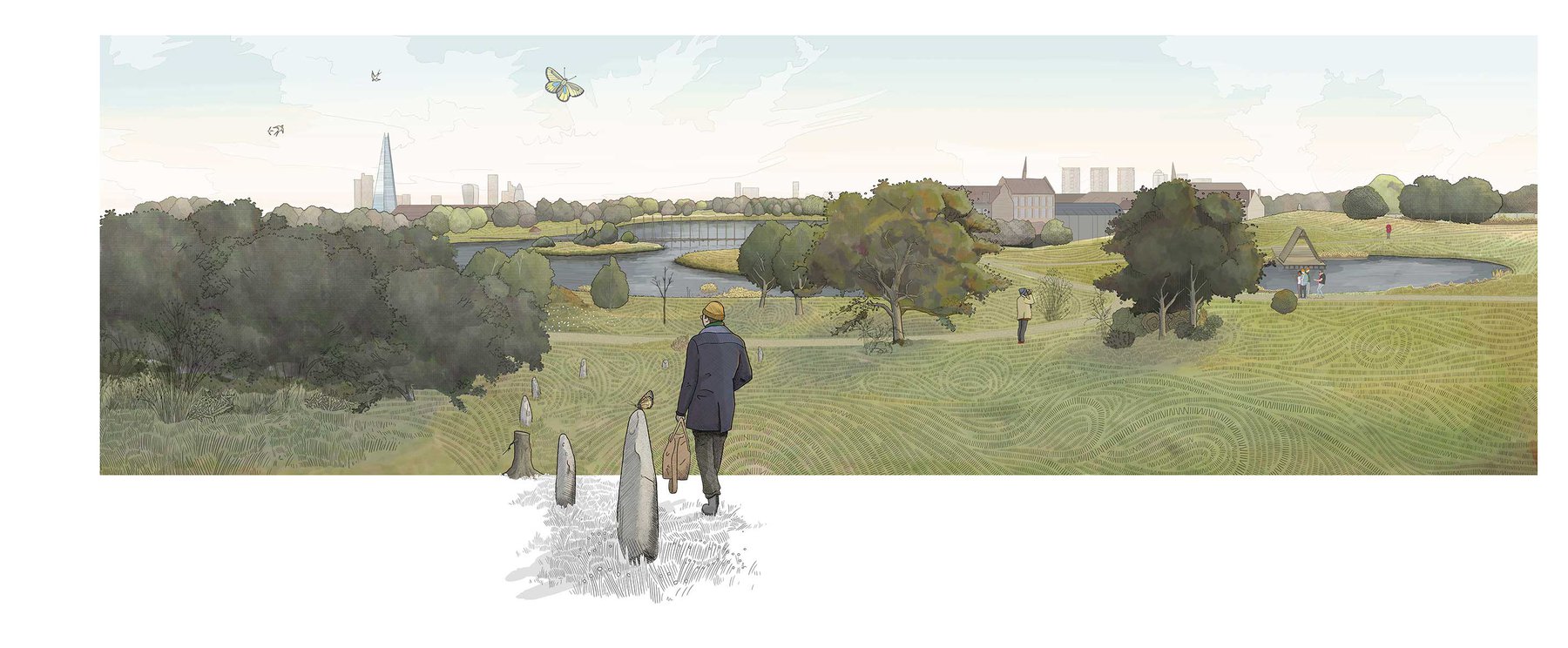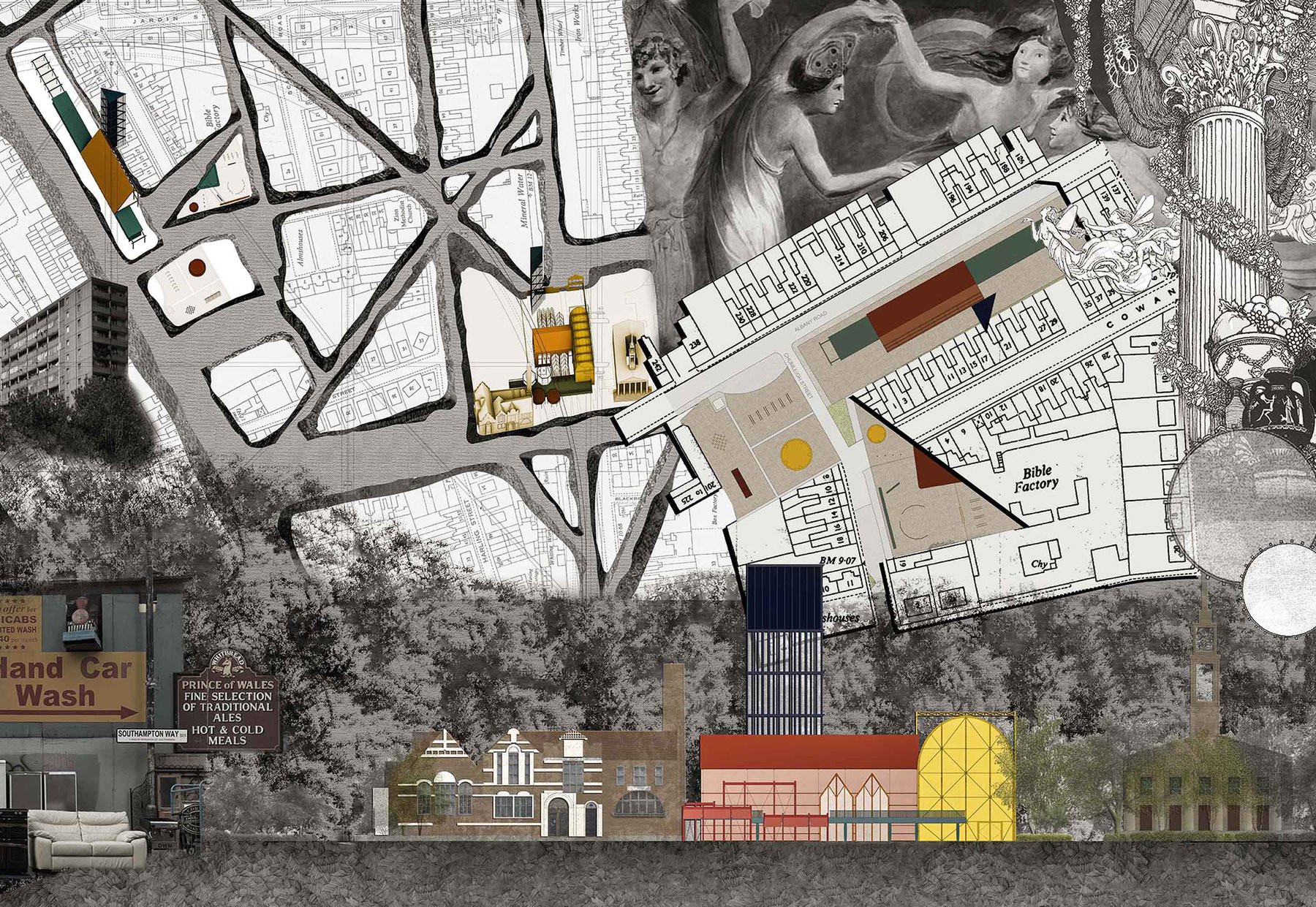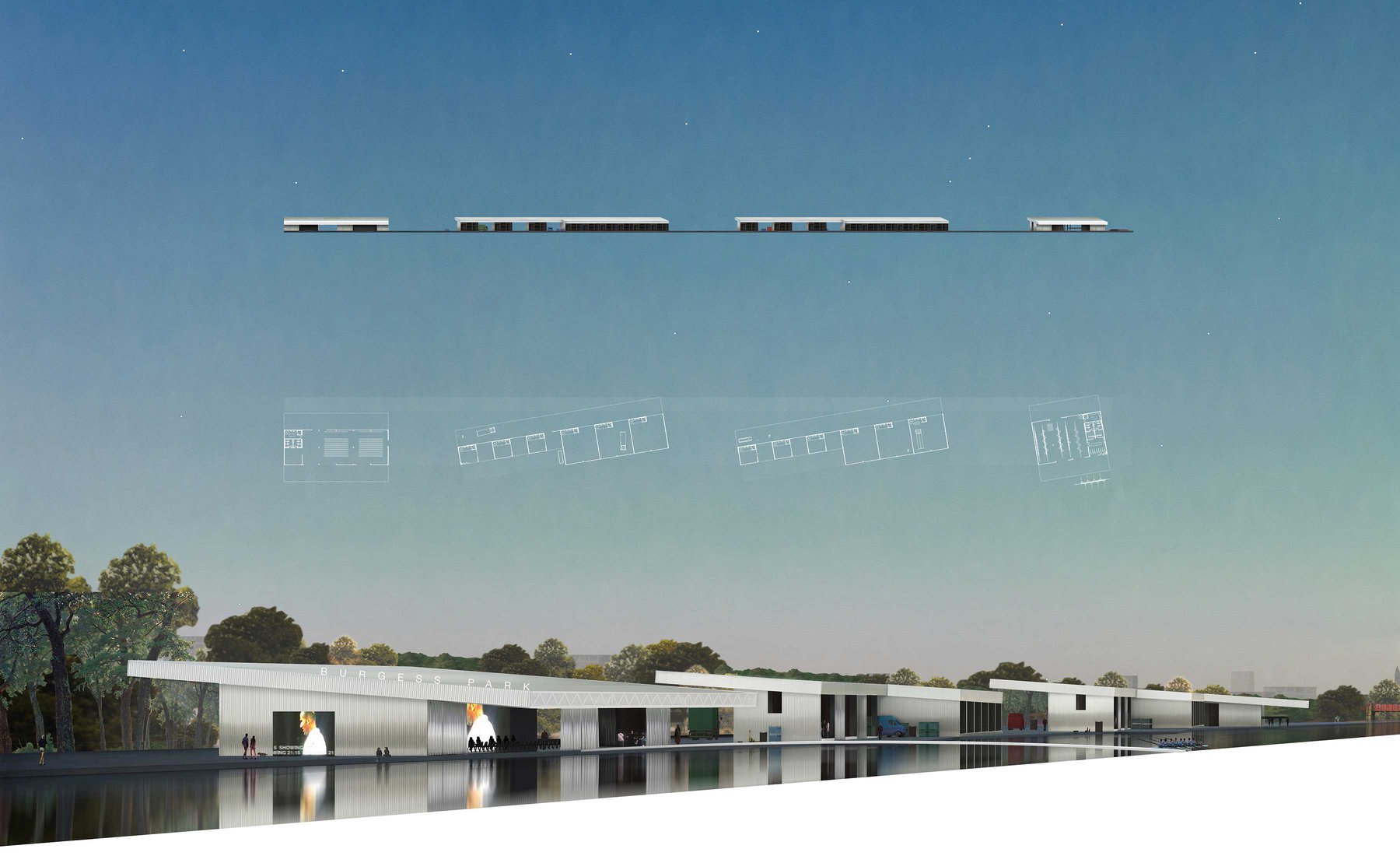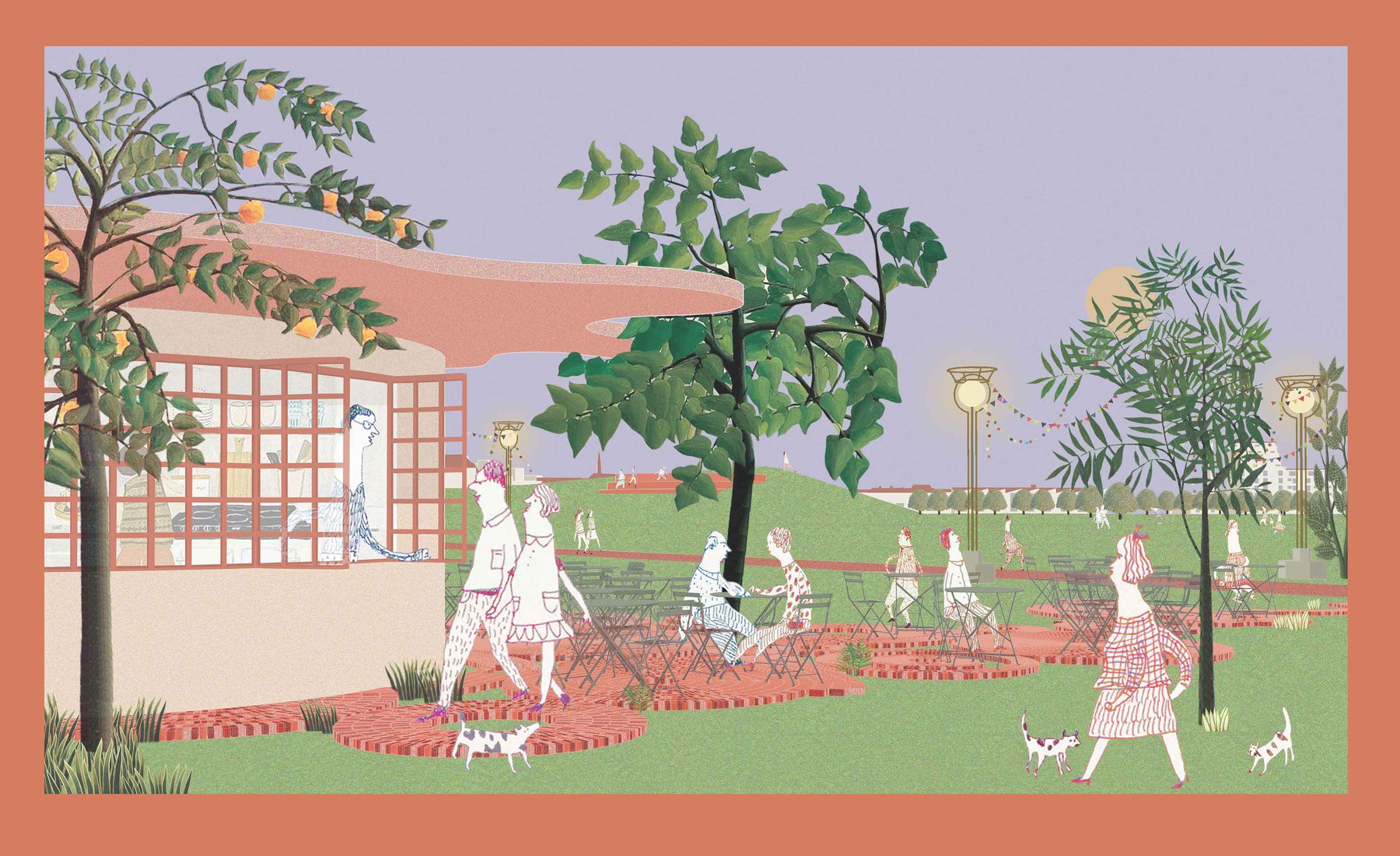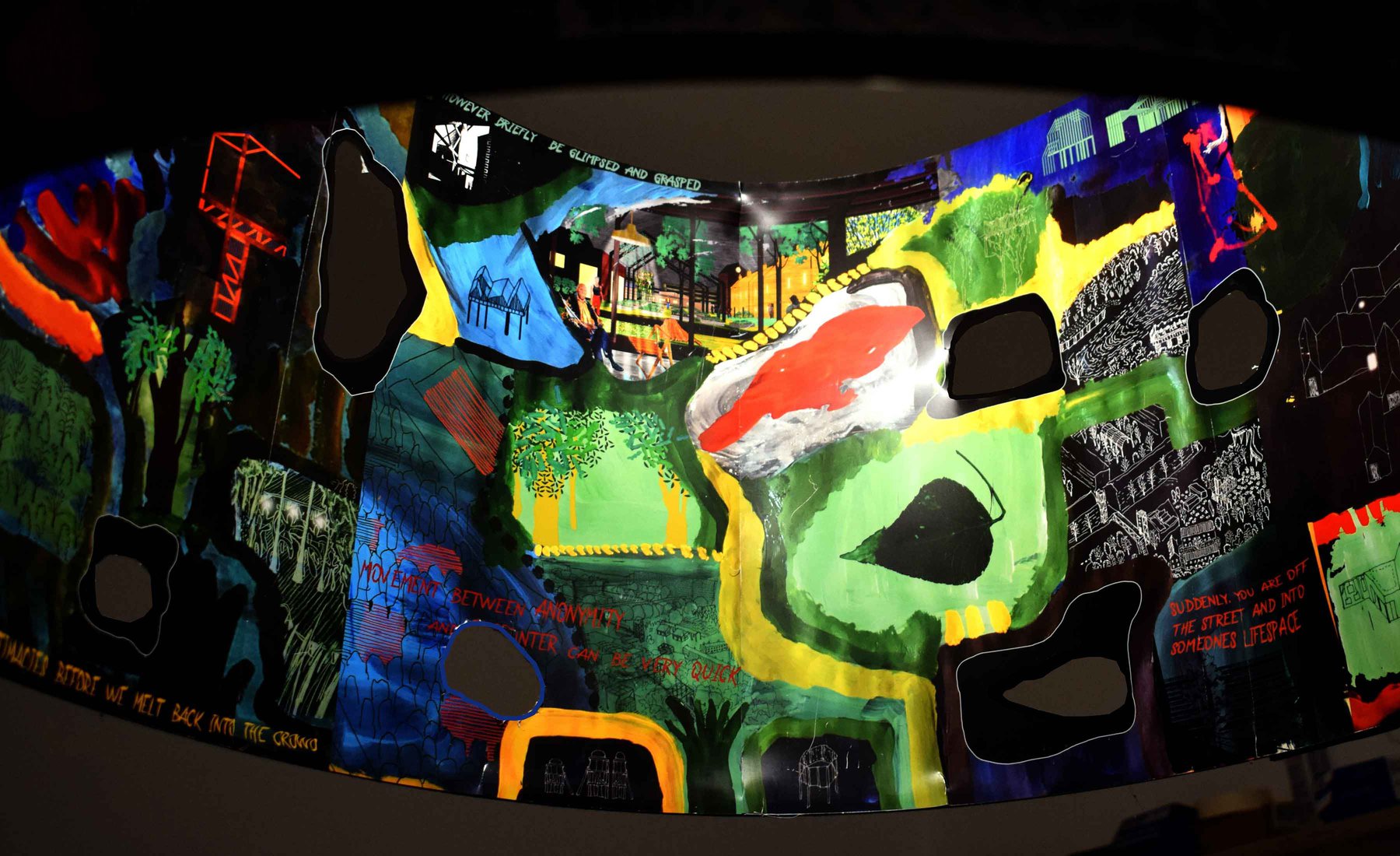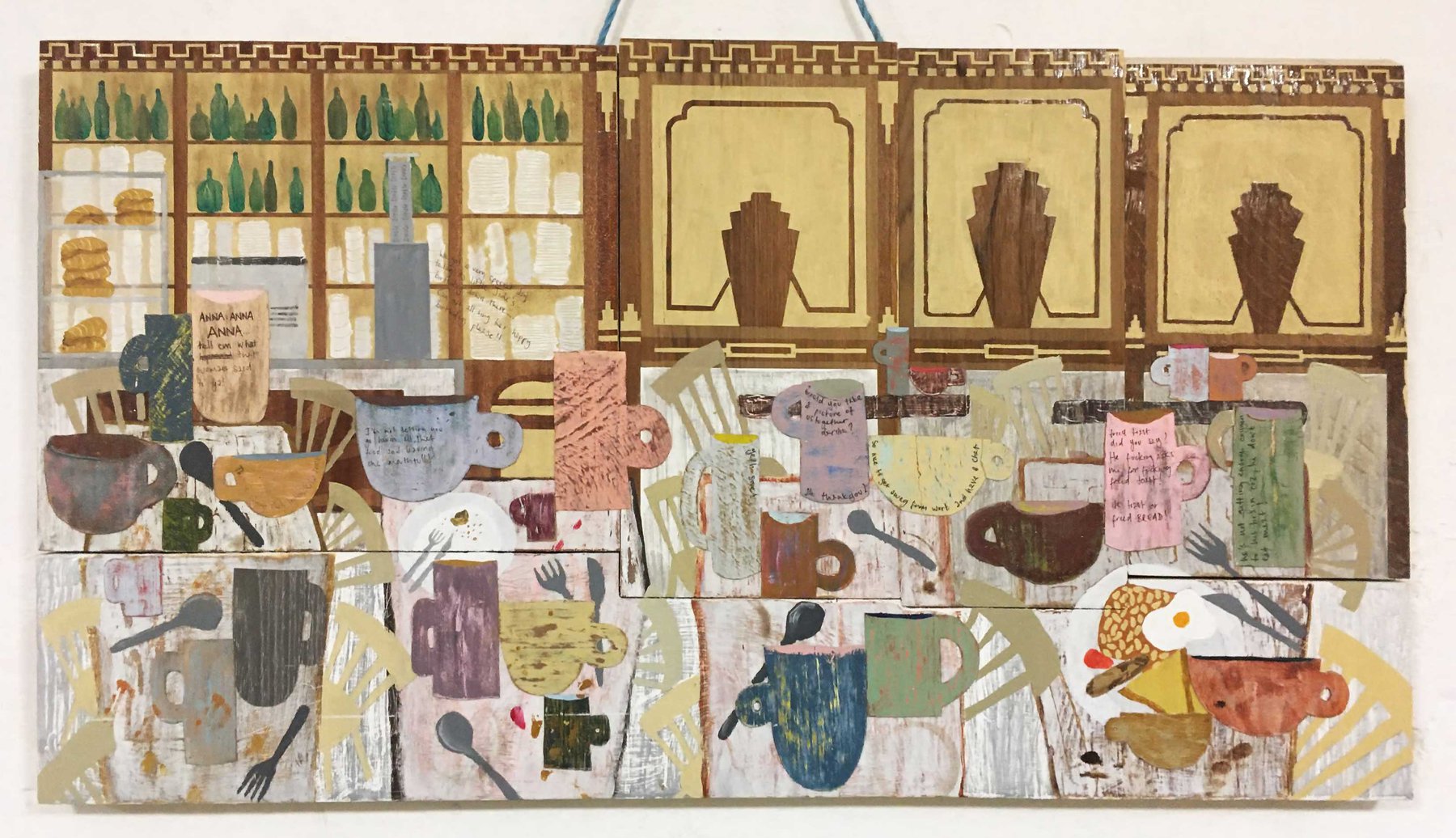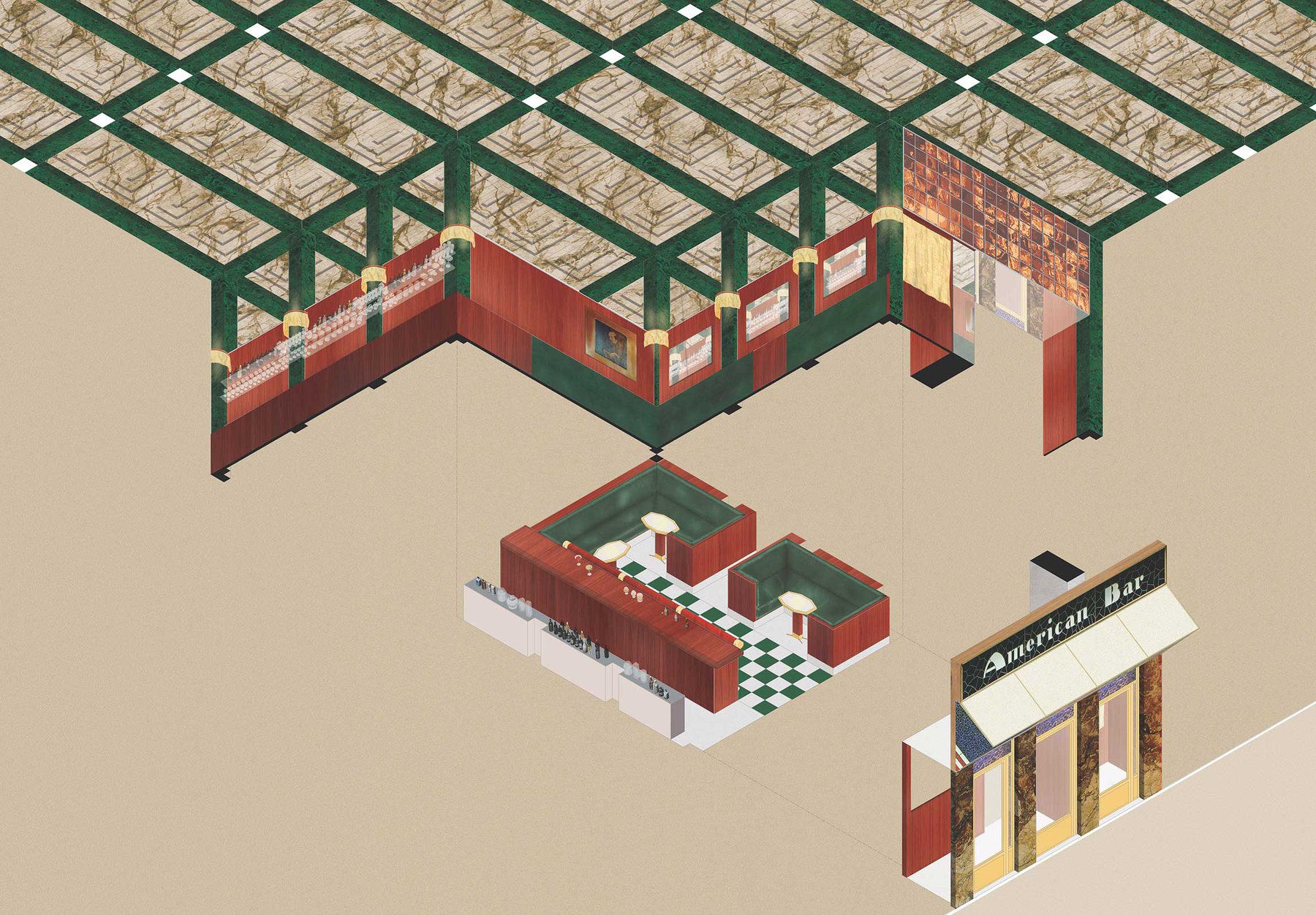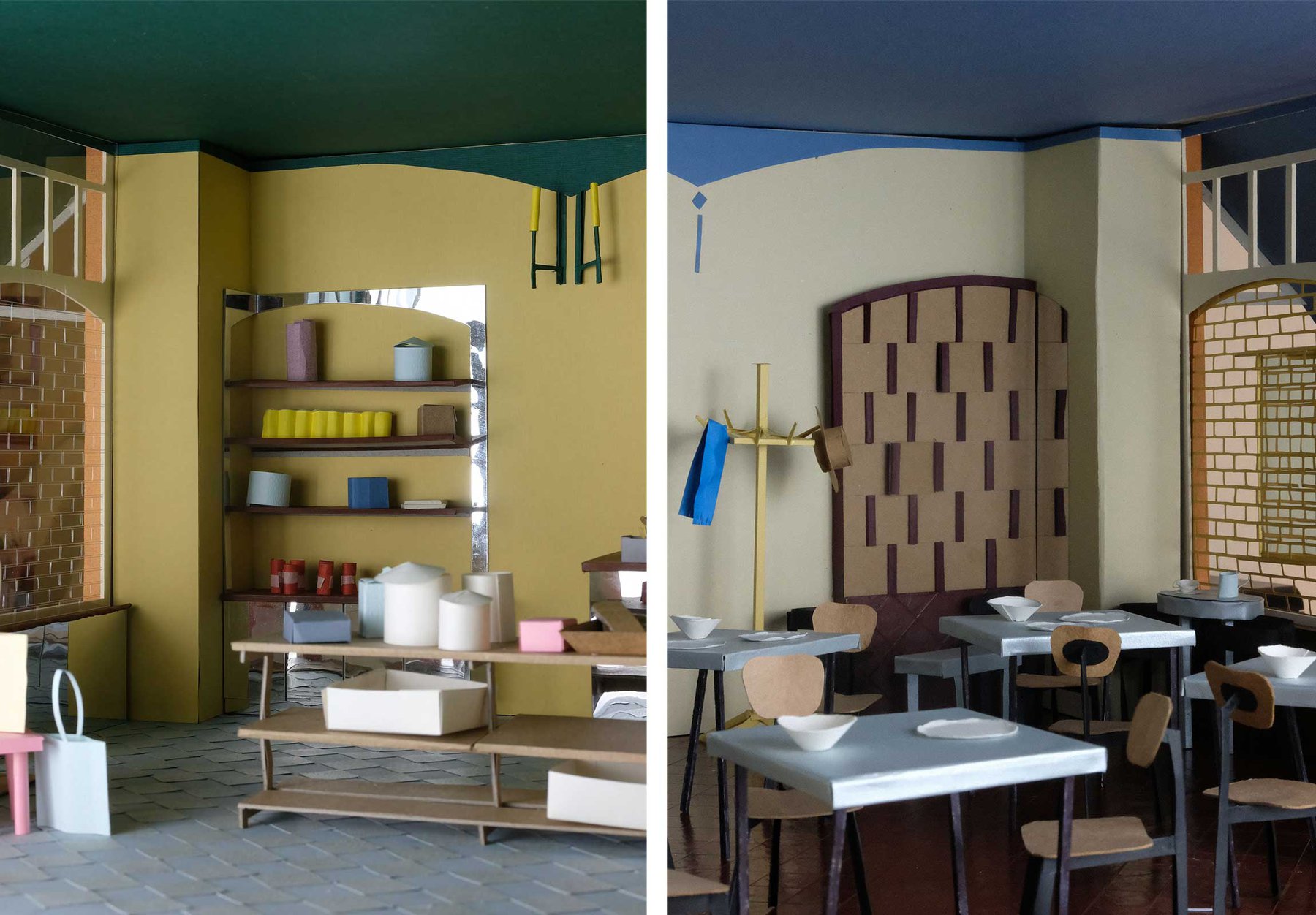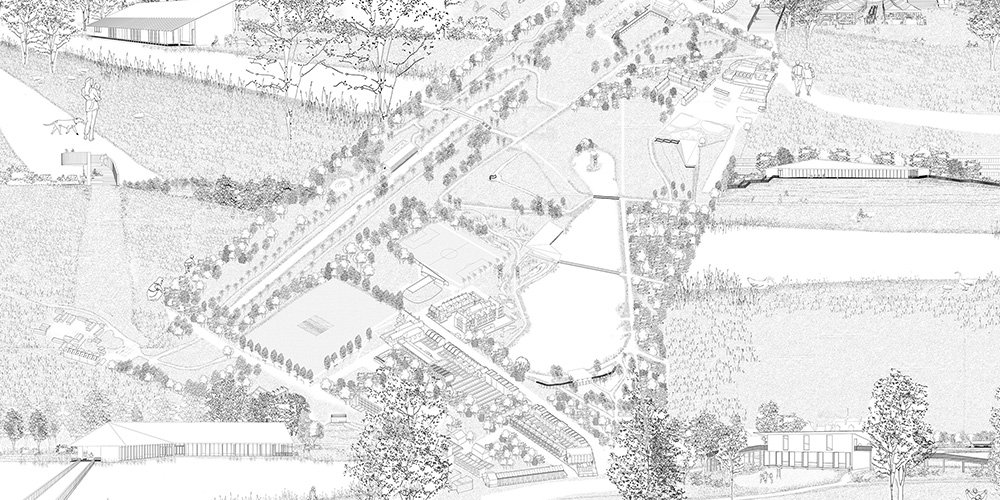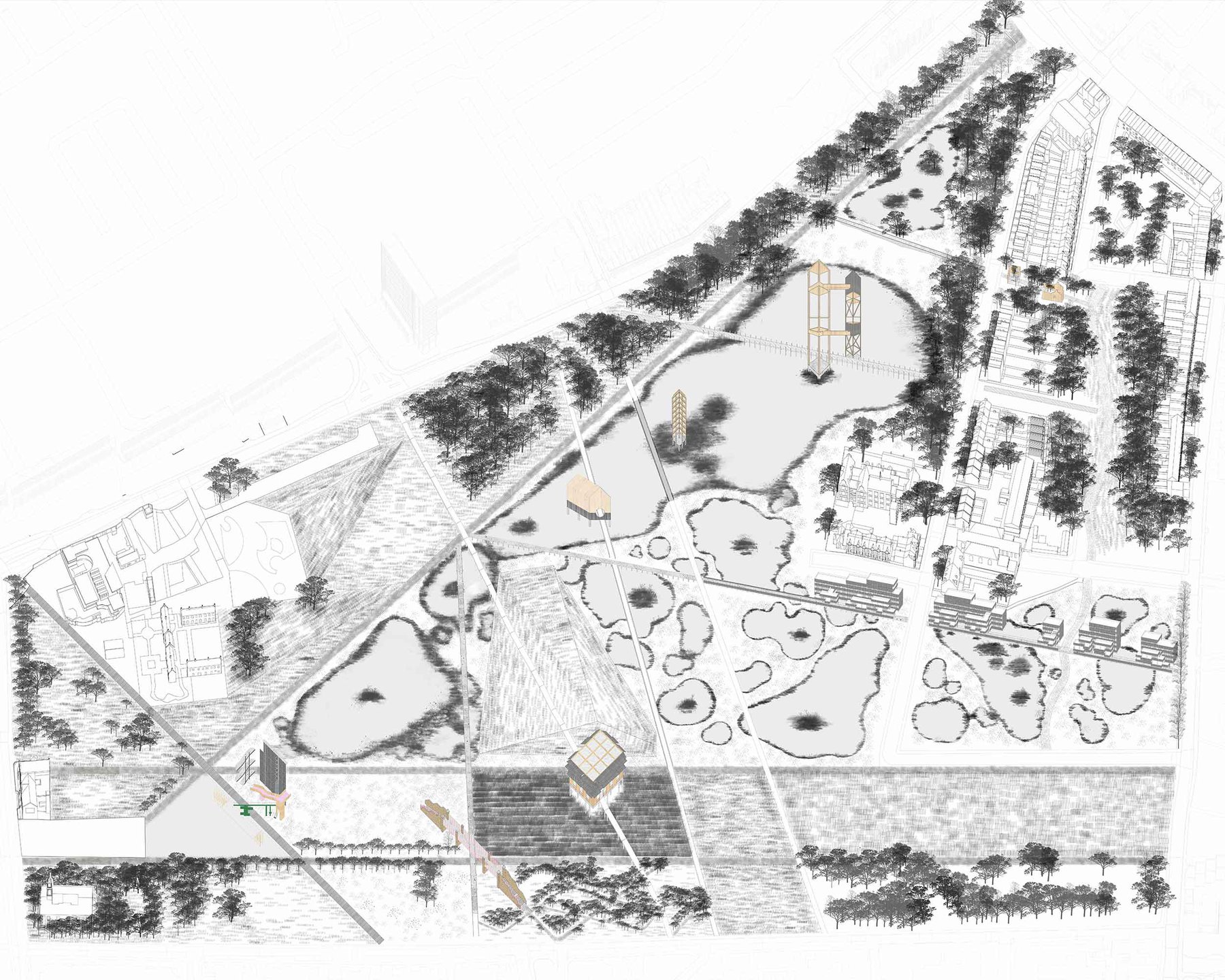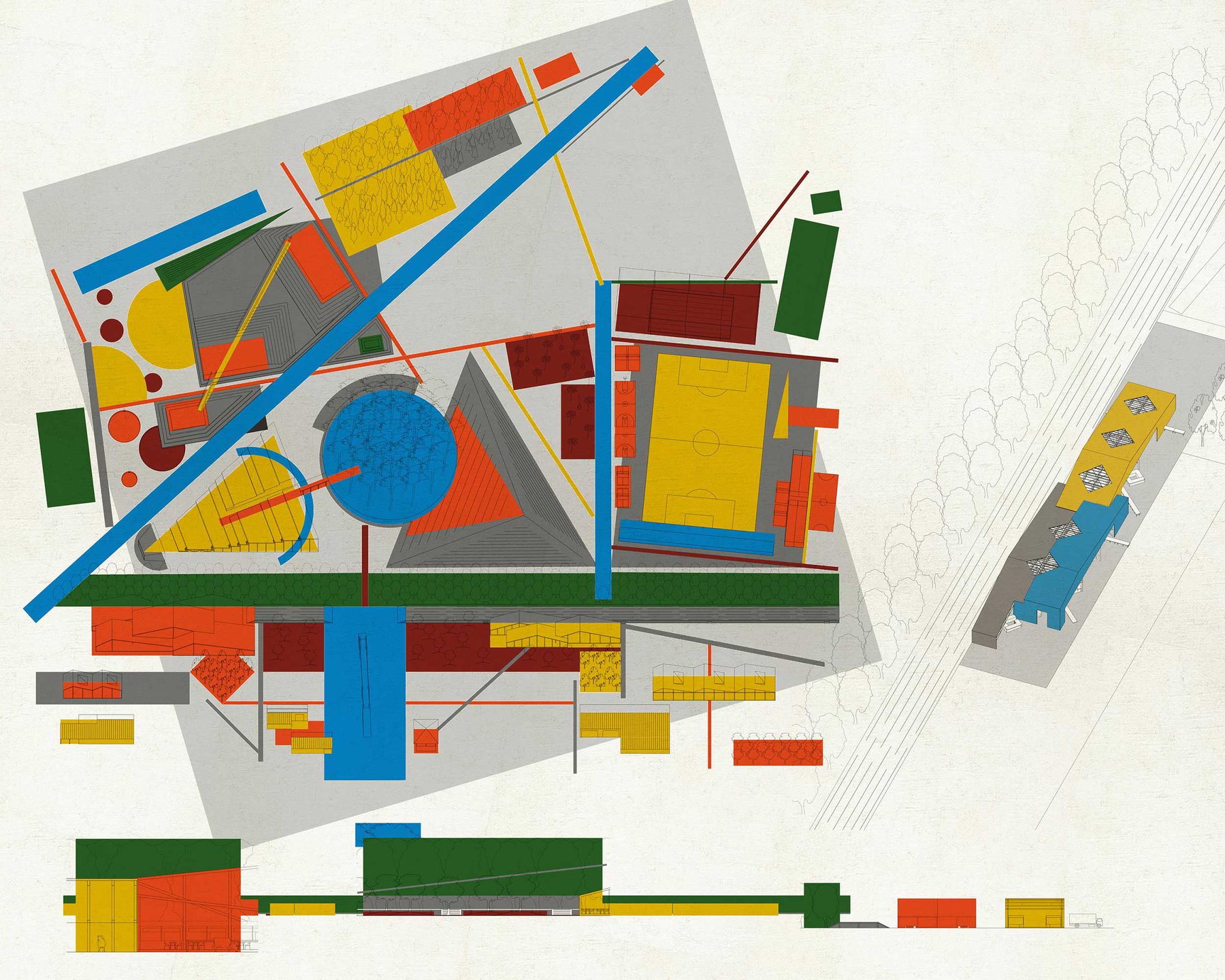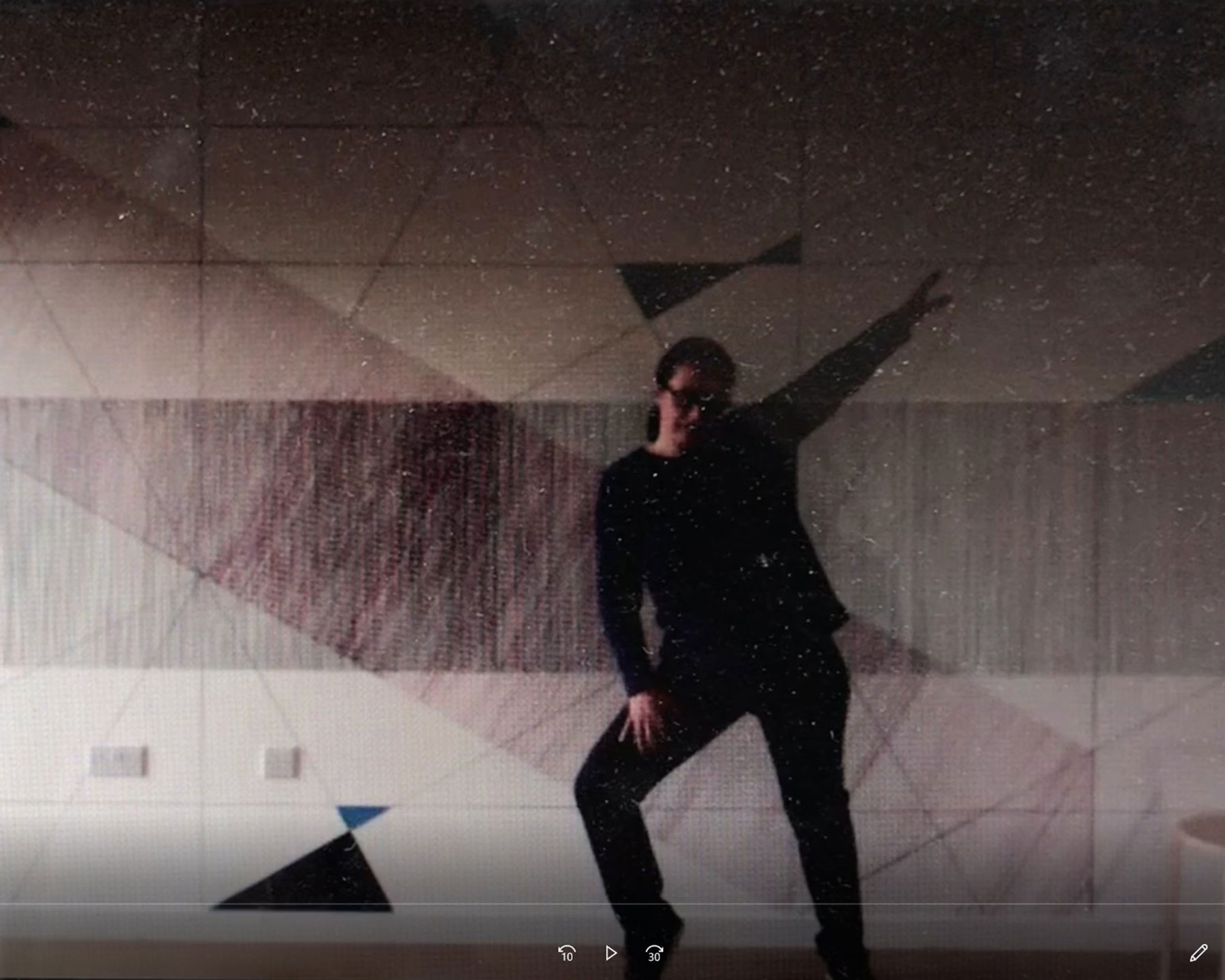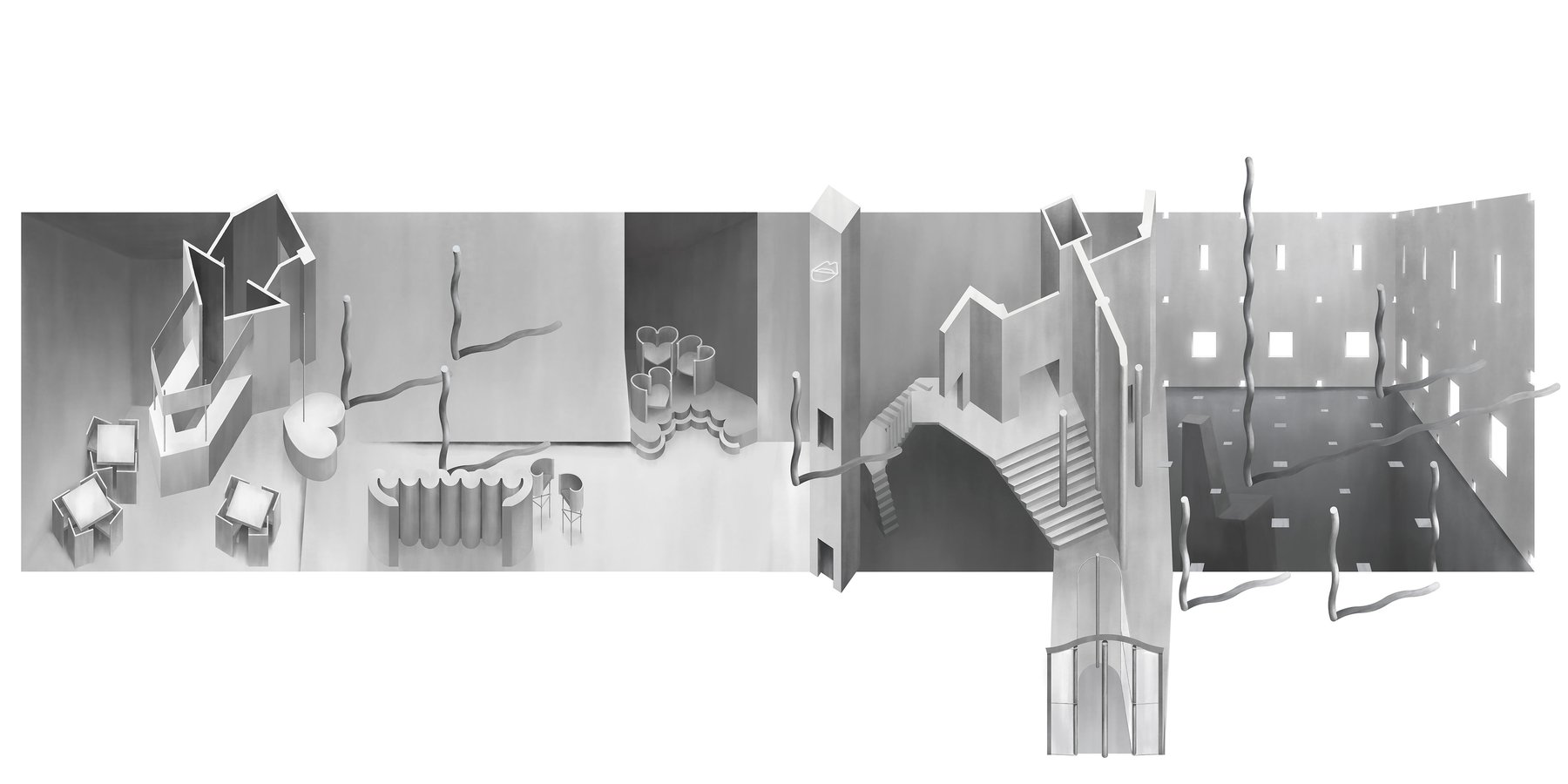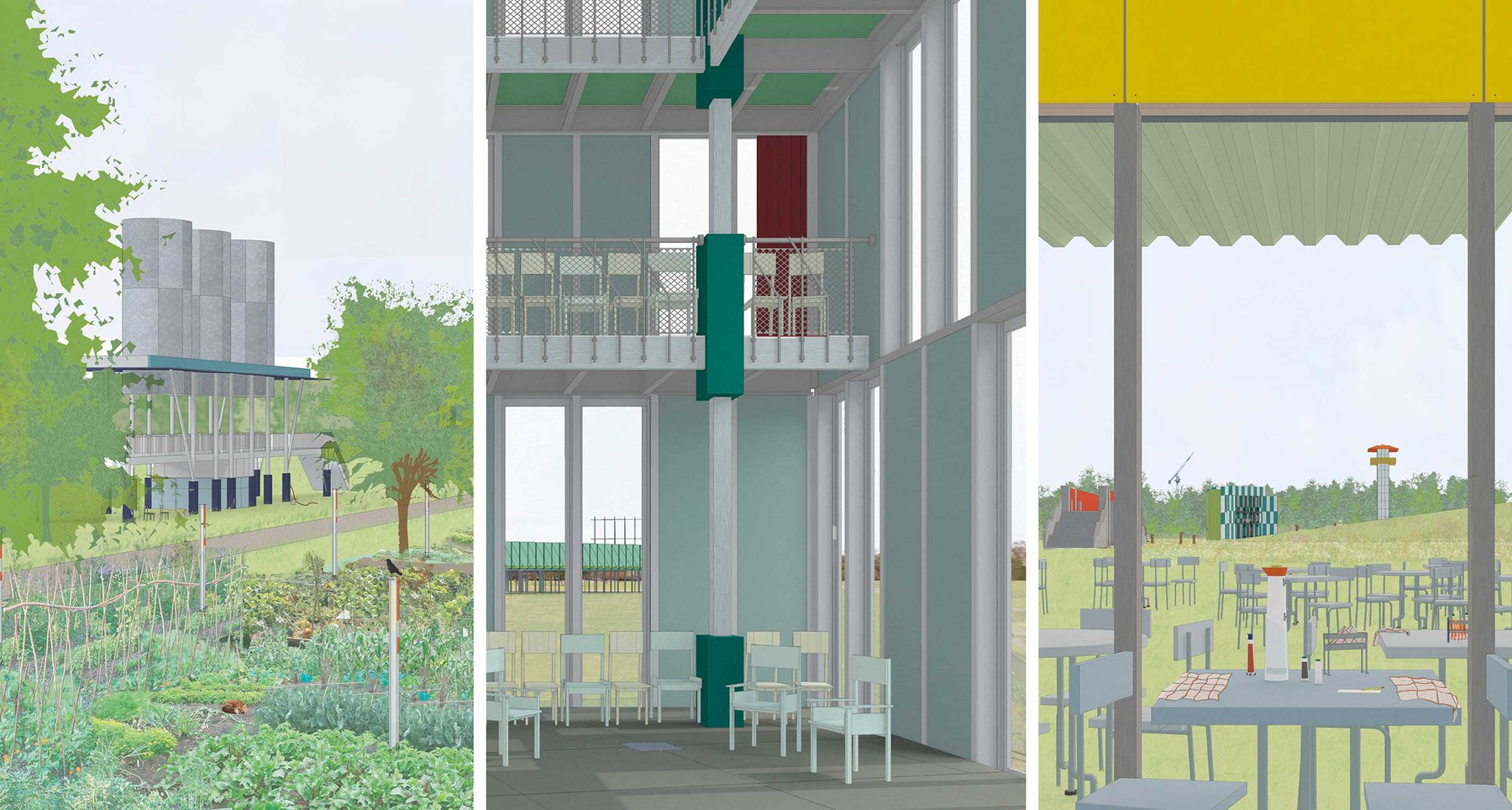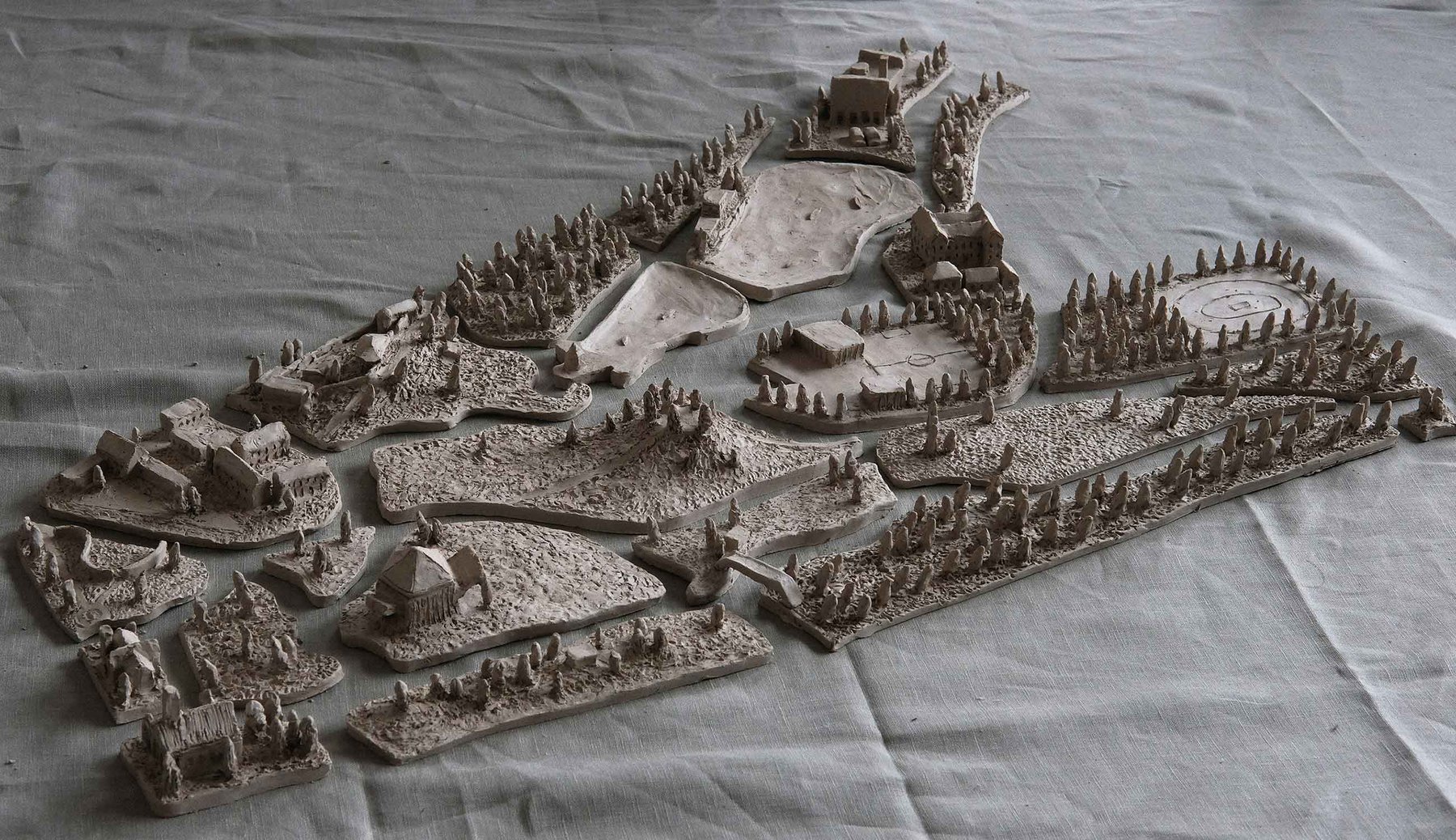Unit 12: The Dream of the Metropolis
Liveness 2021 (Archive)
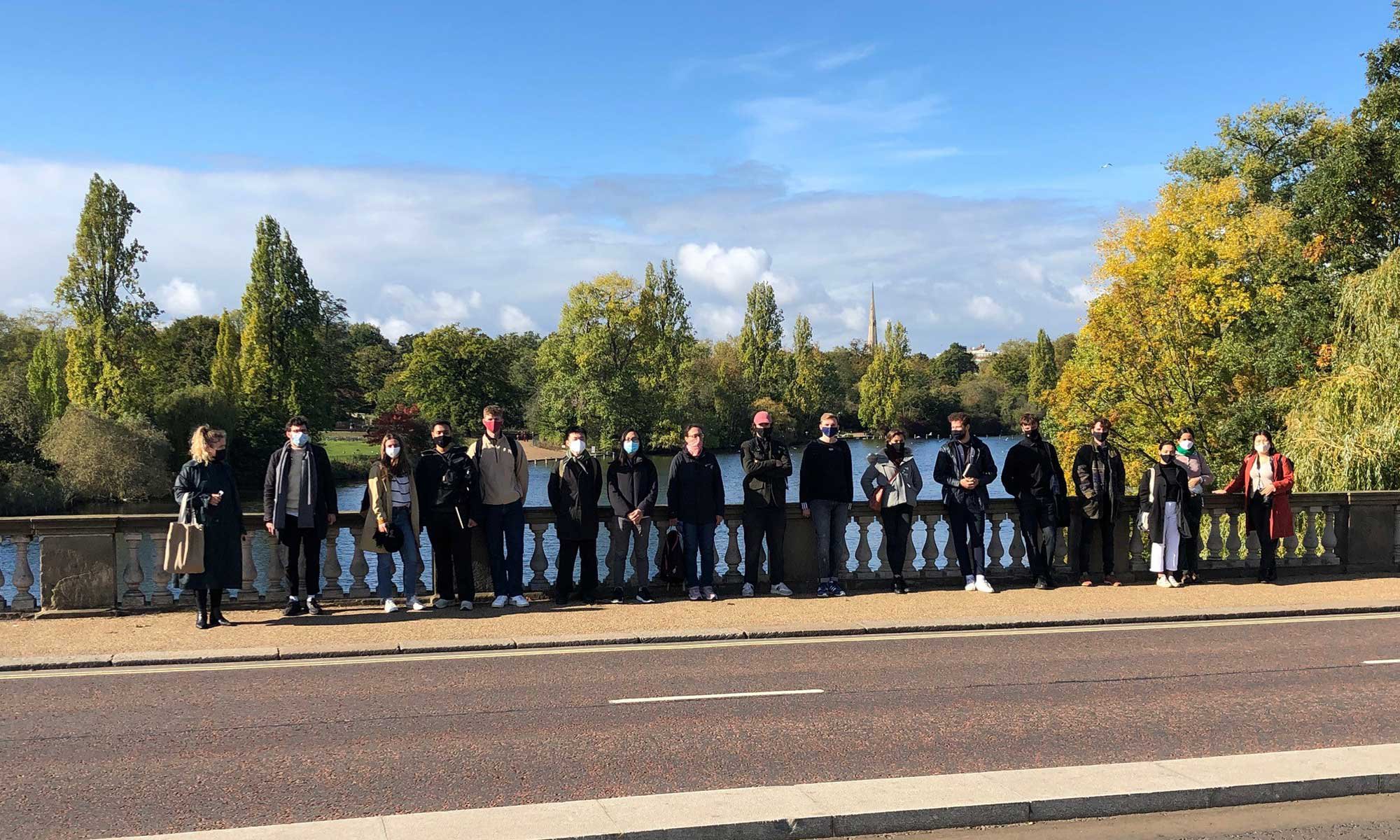
In his “Letter from Zurich” written in 1988, the swiss architect Marcel Meili writes about the underlying characteristics of his home city, and the process of its urbanisation. Zurich was formerly an industrial city, and has today been transformed into a financial centre. In 1988, Meili described how the ongoing and complex transformation of the city, negotiating the footprints and stubborn structures of former factories and the lines of the recently built infrastructure, had resulted in interruptions and unresolved places at the centre, places that would be unimaginable if a fresh plan had been possible. These ambiguous situations allowed small scale and modest places, as well as provisional situations, to survive in the centre. Fragile and precious social structures such as long established eating places and bars, construction workers housing or temporary market buildings were protected by this ongoing situation, not having to resolve their differences or conform with their surroundings.
Meili’s letter describes what he calls the dream of this metropolis, an ambiguous urban milieu of history, reality and myth, in which these diverse and contradictory worlds are allowed to coexist. The letter about the dream was a manifesto for heightened reality growing out of the disturbed earth of the city. He contrasted these possibilities with what he saw as the terror of the boredom that he felt in the purified and carefully planned parts of the city. The letter today sounds like an elegy to a more open and mixed city of a previous time. The differences that he describes have since been filled in, ironed out and increasingly privatised in Zurich, as they have been in larger European cities such as Berlin and London.
This loss of authenticity, difference and social expression is what we want to address in this years programme. We want to look at architecture that supports the idea of metropolitan life, architecture that is separate from the staged and permanent buildings of the city, and is instead (as in the letter) immediate, short term, diverse, independent and public.
